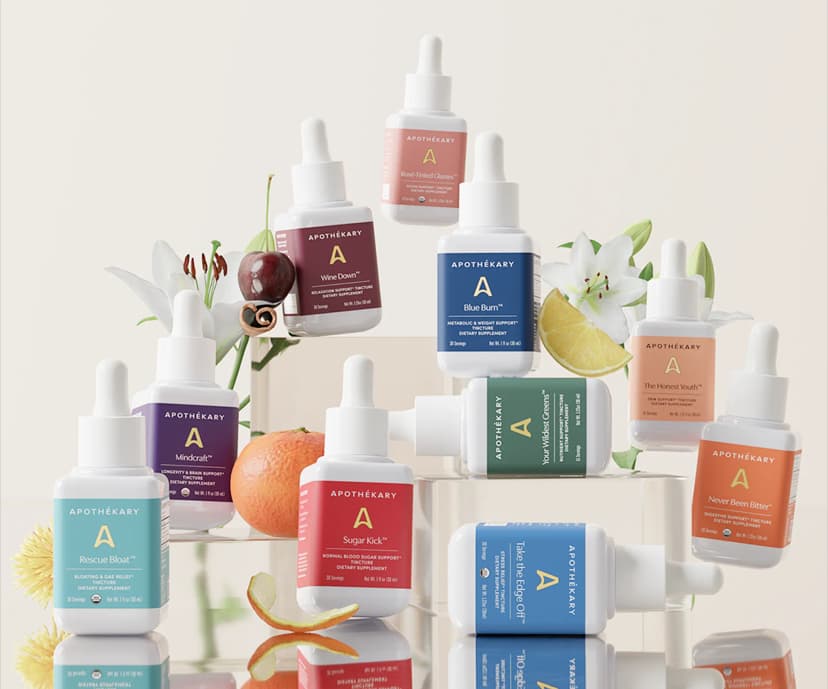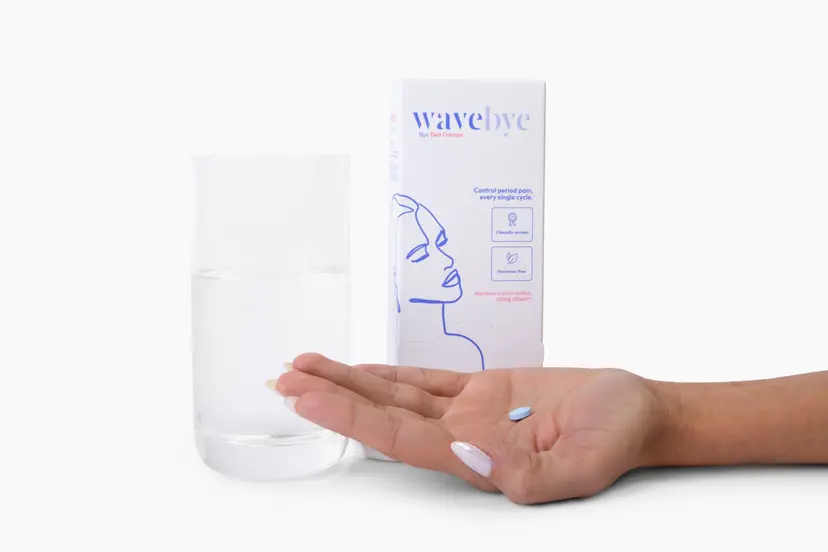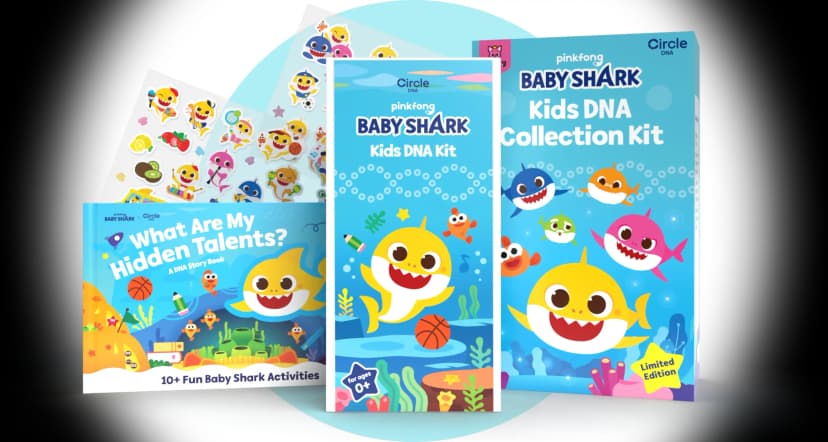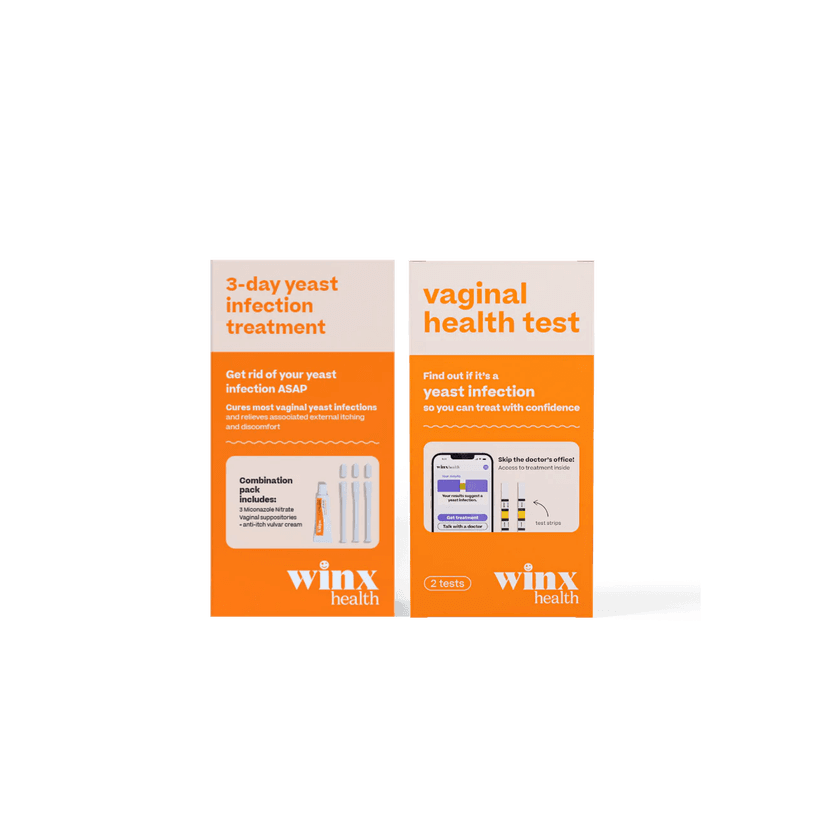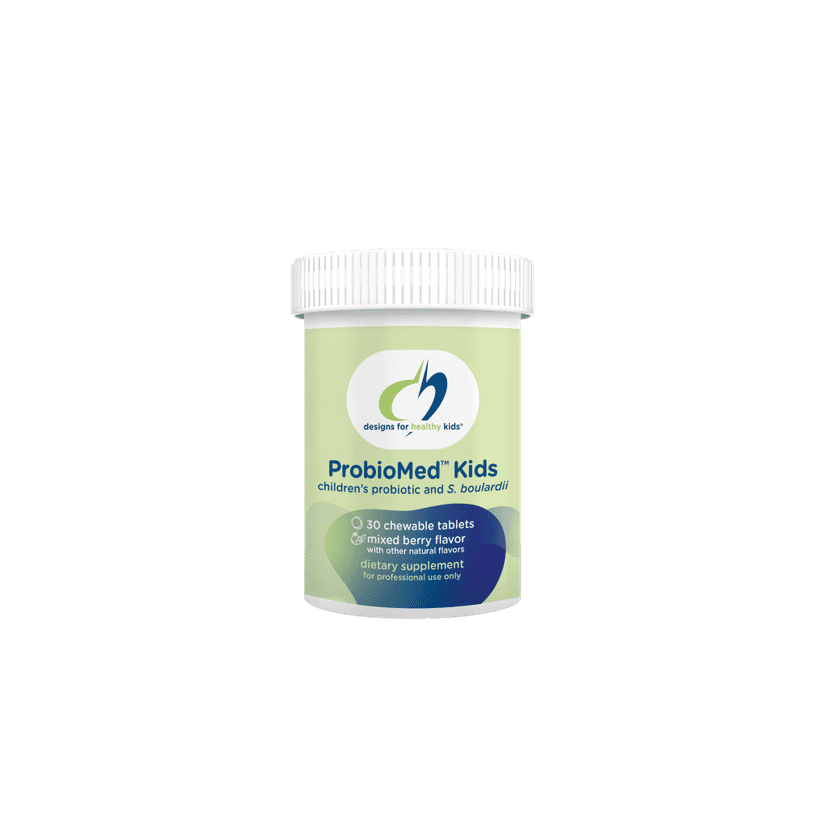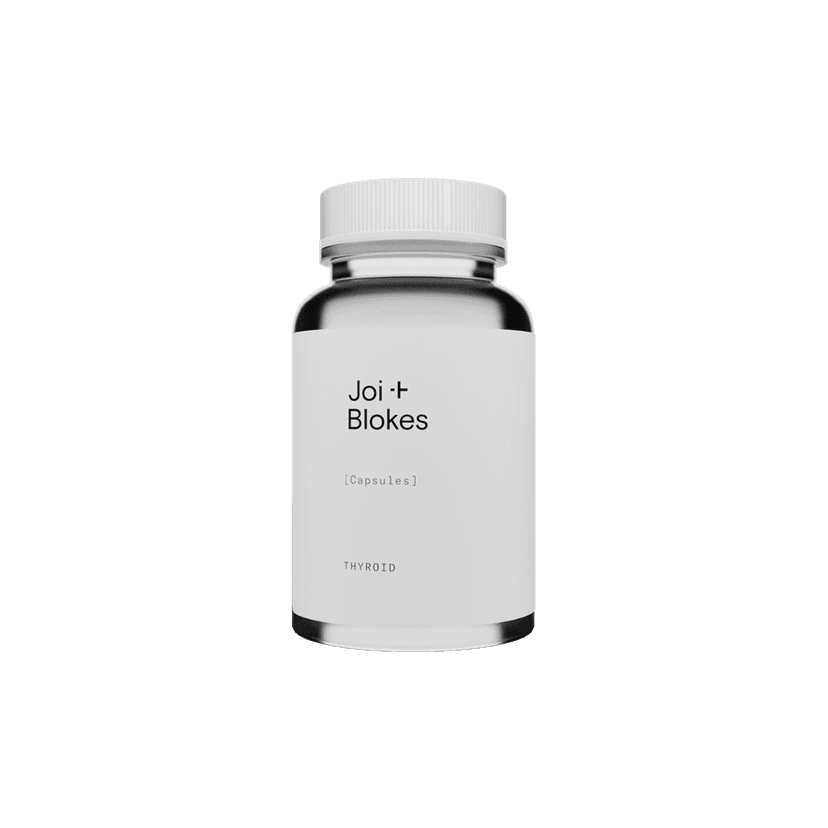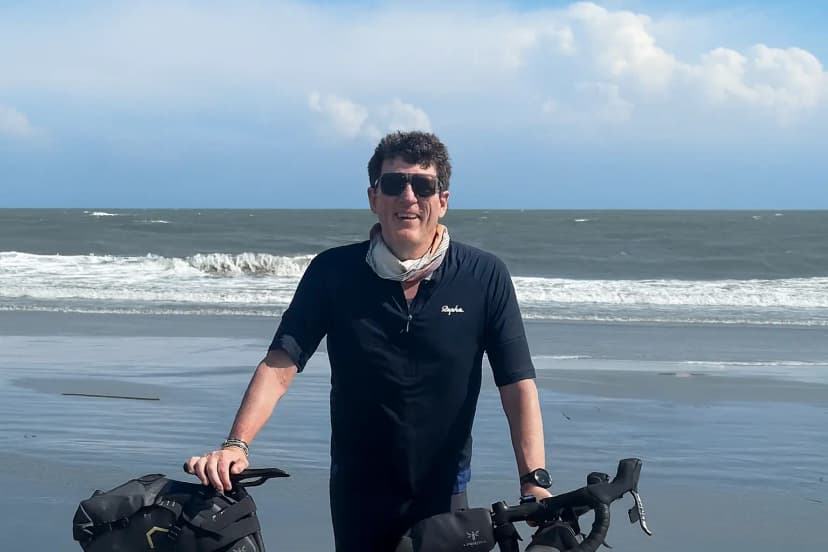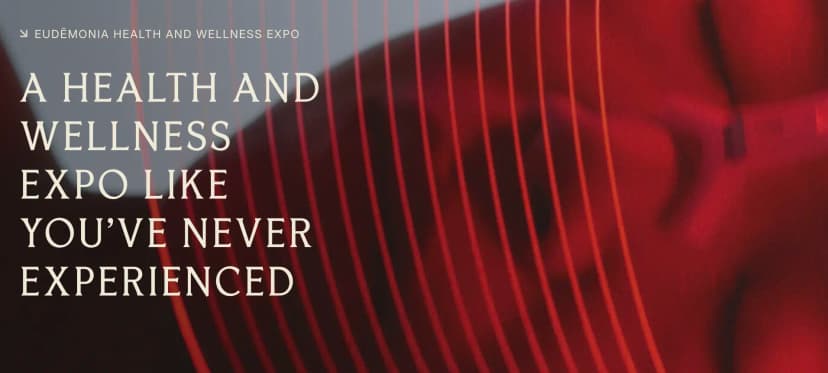Our world is full of chemicals that can harm us, known as environmental toxins. These toxins come from many places like factories, farms, and even household products. While we can't avoid them completely, we can take steps to reduce our exposure. This article will guide you through understanding these toxins and how to protect yourself and your family.
Key Takeaways
- Filtering your water is one of the best ways to reduce toxin exposure at home.
- Many household products contain harmful chemicals, so it's important to choose safer alternatives.
- Eating organic food can help minimize your intake of pesticides and other toxins.
- Properly maintaining your water filter ensures it continues to effectively remove contaminants.
- Educating yourself and your family about environmental toxins can empower you to make healthier choices.
Understanding Common Environmental Toxins
Sources of Environmental Toxins
Environmental toxins are substances in our surroundings that can harm our health. These toxins can be found in the air we breathe, the water we drink, the food we eat, and even the products we use on our skin. Common sources include industrial emissions, pesticides, household cleaners, and personal care products. Understanding where these toxins come from is the first step in reducing exposure.
Health Impacts of Toxin Exposure
Exposure to environmental toxins can lead to a variety of health issues. Short-term exposure might cause headaches, dizziness, or skin irritation. Long-term exposure, however, can result in more serious conditions such as respiratory problems, cardiovascular diseases, and even cancer. It's important to be aware of these potential health impacts to take proactive measures in minimizing exposure.
Vulnerable Populations
Certain groups of people are more vulnerable to the effects of environmental toxins. These include children, pregnant women, the elderly, and individuals with pre-existing health conditions. Children, for example, are more susceptible because their bodies are still developing. Protecting these vulnerable populations requires extra care and attention to their environments.
Reducing exposure to environmental toxins is crucial for maintaining good health and well-being. By understanding the sources and impacts of these toxins, we can take steps to create a safer environment for ourselves and our loved ones.
Effective Water Filtration Methods
Types of Water Filters
There are several types of water filters available, each designed to address different contaminants. A simple pitcher-type water filter can be sufficient for making tap water drinkable. Other options include filters that attach to a faucet or are integrated into the plumbing system. Here's a quick overview:
| Filter Type | Description |
|---|---|
| Pitcher Filters | Easy to use, affordable, and portable |
| Faucet-Mounted | Attaches directly to the faucet for convenience |
| Under-Sink Systems | Installed under the sink, offers better filtration |
| Whole-House Systems | Filters water for the entire home |
Choosing the Right Filter for Your Needs
Selecting the right water filter depends on your specific needs and budget. Consider the following steps:
- Identify the contaminants in your water supply.
- Determine your budget for a water filter system.
- Research different types of filters and their effectiveness.
- Read reviews and consumer reports to make an informed decision.
Maintaining Your Water Filter
Regular maintenance is crucial to ensure your water filter works effectively. Changing the filters regularly is a 'better safe than sorry' approach. Follow these tips to maintain your water filter:
- Check the manufacturer's guidelines for filter replacement frequency.
- Keep an eye on the filter's performance and replace it if you notice a drop in water quality.
- Clean the filter housing periodically to prevent buildup of contaminants.
Filtering your tap water is an easy and cost-effective way to reduce exposure to environmental toxins. By choosing the right filter and maintaining it properly, you can ensure safer drinking water for you and your family.
Reducing Household Toxin Exposure
Safe Cleaning Products
Switching to safe cleaning products is a simple way to reduce toxins in your home. Look for products labeled as non-toxic, biodegradable, and free from harsh chemicals. You can also make your own cleaners using natural ingredients like vinegar, baking soda, and lemon juice.
Non-Toxic Personal Care Items
Personal care items can be a hidden source of toxins. Choose products that are free from parabens, phthalates, and synthetic fragrances. Reading labels and opting for brands that prioritize natural ingredients can make a big difference.
Managing Indoor Air Quality
Improving indoor air quality is crucial for reducing toxin exposure. Use HEPA air filters, avoid smoking indoors, and regularly clean your home to minimize dust and mold. Additionally, maintaining proper humidity levels and ensuring good ventilation can help keep the air in your home clean.
Reducing household toxins is not just about making a few changes; it's about creating a healthier environment for you and your family.
The Role of Diet in Minimizing Toxin Intake
Organic vs. Conventional Produce
Choosing organic produce can significantly reduce your exposure to pesticides and other harmful chemicals. Organic farming practices avoid synthetic pesticides and fertilizers, making organic fruits and vegetables a safer choice. When organic options are not available, consider washing and peeling conventional produce to remove some of the pesticide residues.
Foods That Support Detoxification
Certain foods can help your body detoxify more effectively. These include:
- Cruciferous vegetables like broccoli, cauliflower, and Brussels sprouts, which support liver detoxification.
- Fiber-rich foods such as whole grains, fruits, and vegetables, which aid in regular bowel movements and toxin elimination.
- Fermented foods like yogurt and sauerkraut, which promote a healthy gut microbiome.
Avoiding Contaminated Seafood
Seafood can be a source of heavy metals like mercury and other toxins. To minimize your risk, opt for smaller fish like sardines and anchovies, which tend to have lower levels of contaminants. Avoid larger fish like shark and swordfish, which accumulate more toxins over their longer lifespans.
Making informed dietary choices can play a crucial role in reducing your overall toxin exposure. By opting for organic produce, incorporating detox-supporting foods, and being mindful of seafood choices, you can help your body stay healthier and more resilient.
Identifying and Avoiding Pesticides
Common Pesticides in Homes and Gardens
Pesticides are chemicals used to control pests in homes and gardens. They can be found in sprays, dusts, and bombs. It's important to avoid using these products whenever possible. Instead, consider integrated pest management (IPM) techniques, which focus on long-term prevention and control.
Health Risks of Pesticide Exposure
Exposure to pesticides can happen through skin contact, inhalation, or consuming contaminated food and water. Health risks include hormone disruption and other serious health issues. To minimize exposure, always wash produce thoroughly and opt for organic foods when possible.
Natural Alternatives to Pesticides
There are several natural alternatives to chemical pesticides. These include:
- Neem oil
- Diatomaceous earth
- Essential oils like peppermint and lavender
Using these alternatives can help reduce the risk of exposure to harmful chemicals.
Reducing pesticide use not only protects your health but also benefits the environment. Choose natural methods and organic products to create a safer home and garden.
The Impact of Industrial and Agricultural Practices
Industrial Pollutants
Industrial activities release a variety of pollutants into the environment. Factories and power plants emit harmful substances like sulfur dioxide, nitrogen oxides, and particulate matter. These pollutants can cause serious health issues, including respiratory problems and heart disease. The World Health Organization estimates that outdoor air pollution leads to over 4 million deaths each year.
Agricultural Chemicals
Modern farming relies heavily on chemicals such as fertilizers and pesticides. While these substances help increase crop yields, they also introduce toxins into the soil and water. Long-term exposure to these chemicals can harm both humans and wildlife. It's important to be aware of the potential risks and take steps to minimize exposure.
Community and Policy Actions
Communities can play a vital role in reducing exposure to industrial and agricultural toxins. Here are some steps that can be taken:
- Advocate for stricter regulations on industrial emissions.
- Support local and organic farming practices.
- Participate in community clean-up events.
- Educate others about the dangers of environmental toxins.
Taking action at the community level can lead to significant improvements in public health and the environment.
Practical Steps for Reducing Exposure in Children
Toxin-Free Toys and Products
Children are particularly vulnerable to toxins due to their developing bodies and behaviors like hand-to-mouth activity. Choosing toxin-free toys and products is crucial. Look for items labeled BPA-free, phthalate-free, and lead-free. Avoid plastic toys and opt for those made from natural materials like wood or organic cotton.
Creating a Safe Home Environment
Creating a safe home environment involves several steps:
- Use non-toxic cleaning products.
- Ensure good ventilation to reduce indoor air pollutants.
- Regularly dust and vacuum to minimize exposure to harmful chemicals in household dust.
- Test your home for lead, especially if it was built before 1978.
Educating Children About Toxins
Teaching children about toxins can empower them to make safer choices. Explain the importance of washing hands before eating and after playing outside. Encourage them to avoid putting non-food items in their mouths. Education is a powerful tool in reducing exposure.
By taking these practical steps, you can significantly reduce your child's exposure to harmful toxins and create a healthier living environment.
Leveraging Resources and Support
The Environmental Working Group (EWG) offers a variety of guides to help you make safer choices. These guides cover everything from food and water safety to personal care products. They are easy to use and can help you avoid harmful chemicals in everyday items.
If you're unsure about the safety of certain products or practices, consulting an environmental health expert can provide clarity. These professionals can offer personalized advice and recommend safer alternatives. They can also help you understand complex scientific information in a way that's easy to grasp.
Joining community groups focused on reducing environmental toxins can be incredibly empowering. These groups often share tips, resources, and support. You can also get involved in advocacy efforts to push for stronger regulations and policies that protect public health.
Being part of a community can make it easier to stay informed and motivated in your efforts to reduce toxin exposure.
Conclusion
Reducing your exposure to environmental toxins is essential for maintaining good health. While it's impossible to avoid all toxins, there are practical steps you can take to minimize your risk. Start by using a good water filter to ensure your drinking water is clean. Be mindful of the products you use in your home and on your body, opting for natural and chemical-free options whenever possible. Stay informed about the sources and effects of toxins, and make choices that support a healthier environment. By taking these actions, you can protect yourself and your family from the harmful effects of environmental toxins.
Frequently Asked Questions
What are environmental toxins?
Environmental toxins are harmful chemicals found in the air, water, soil, and even in products we use daily. They can come from industrial pollution, pesticides, household cleaners, and more.
How do environmental toxins affect health?
Exposure to environmental toxins can lead to various health issues, including breathing problems, skin irritations, and even more serious conditions like cancer and brain damage.
Who is most at risk from environmental toxins?
Children, pregnant women, and the elderly are more vulnerable to the harmful effects of environmental toxins. Their bodies are either still developing or have weakened defenses.
What can I do to reduce toxin exposure in my home?
You can reduce toxin exposure by using water filters, choosing natural cleaning products, and ensuring good air quality indoors. Avoiding products with harmful chemicals also helps.
Are organic foods better for reducing toxin intake?
Yes, organic foods are grown without synthetic pesticides and fertilizers, making them a safer choice for reducing toxin intake. They are also better for the environment.
How can I find out what toxins are in my tap water?
You can use the Environmental Working Group's Tap Water Guide to learn about the contaminants in your tap water. This guide can also help you choose the right water filter for your needs.




